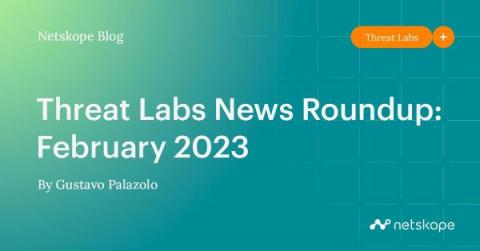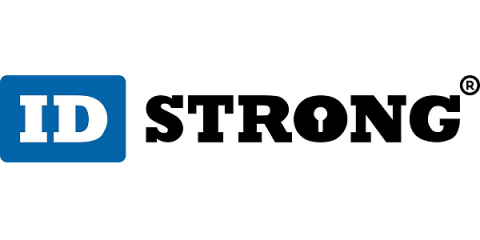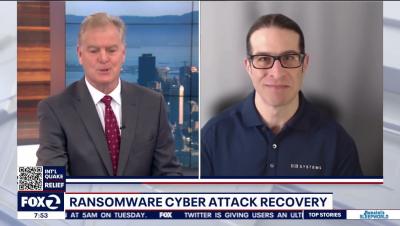An assessment of ransomware distribution on darknet markets
Ransomware is a form of malicious software (malware) that restricts access to computer files, systems, or networks until a ransom is paid. In essence, an offender creates or purchases ransomware, then uses it to infect the target system. Ransomware is distributed in several ways including, but not limited to, malicious website links, infected USB drives, and phishing emails. Once infected, the offender encrypts the device and demands payment for the decryption key.









